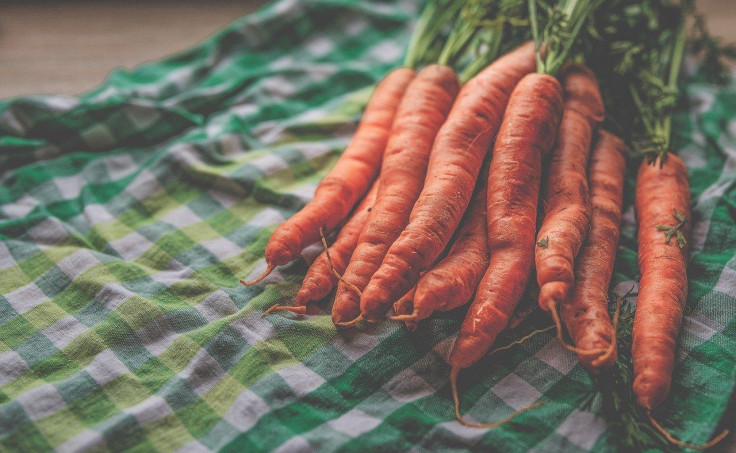'Ugly' Food: Researchers Explore Strategies To Help Consumers Accept Products That Are Not Appealing
KEY POINTS
- A 2018 study found that 41% of unharvested food were "unmarketable" because of their appearance
- Researchers came up with some strategies to increase consumers' willingness to buy "ugly food"
- They hope the study will help reshape the viewpoint of the retail industry
Is there a way to make consumers buy "ugly food"? There are some strategies that can be used to convince them, a new study has found.
"Ugly food" are the products that meet the nutritional and safety standards but aren't up to "cosmetic and size standards," noted the researchers of a new study, published online ahead of print in the Journal of Retailing and Consumer Services. They're just as healthy as other products but just aren't as "picture perfect."
Buying such products is important because it can help reduce food waste, but people tend not to go for them simply because of their appearance. For instance, a 2018 study in North Carolina found that 41% of the unharvested food is actually edible but "unmarketable" just because of how they look, Ohio State University (OSU) noted in a news release.
In their study, the researchers looked at possible marketing strategies that can convince people to go for ugly food – in this case, carrots. They conducted an online survey, which included 1,300 U.S. residents who shopped and cooked for their households. They were randomly assigned one or both of the messages: one that linked buying ugly food to reducing food waste, and another that suggested ugly food is "natural and authentic."
The researchers found that just one of the messages was not sufficient to convince the consumers to buy ugly products. But when they were presented with both messages, it "significantly" enhanced the participants' willingness to buy them.
They also found that consumers tolerated buying bunches that were a mix of standard and ugly, with the "most profitable strategy" being the bunches that were 40% ugly and 60% standard.
"If you're at a farmers market, you're thinking more holistically, you're not thinking about cosmetic perfection. You expect things to be more 'real,'" study senior author, Brian Roe of OSU's Department of Agricultural, Environmental and Development Economics, said in the news release. "So I think then people realize this is what we might expect if we're getting produce directly from a farmer – there's more room for imperfection because it's probably not interpreted as imperfection. It's interpreted as naturalness."
Roe hopes the study's results can help reshape the viewpoint of the retail industry. So far, there are some who have been selling ugly food with a "built-in" discount as if it is an "inferior" good. Instead, there is the option of "rebranding" the produce.
"Profit simulations confirm that, in the absence of such marketing strategies, farmers rationally create waste by discontinuing harvest when the percentage of remaining carrots that are ugly is high," the researchers wrote.
It has been estimated that a third of the food produced for human consumption is wasted globally, amounting to 1.3 billion tons each year. With world hunger still on the rise, it is all the more important to reduce food waste.
"We all have a part to play in reducing food loss and waste, not only for the sake of the food but for the resources that go into it," the Food and Agriculture Organization (FAO) of the United Nations noted. "Less food loss and waste would lead to more efficient land use and better water resource management with positive impacts on climate change and livelihoods."

© Copyright IBTimes 2025. All rights reserved.






















